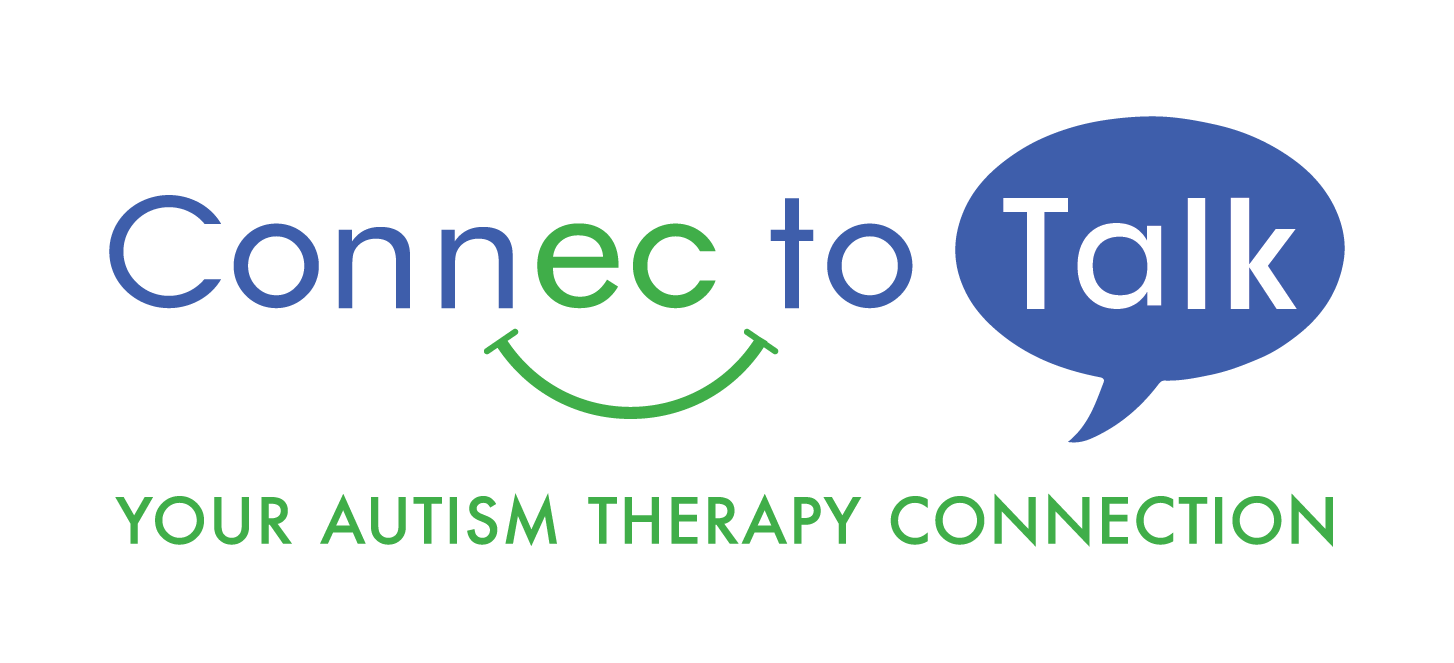![Understanding ABA: An 8 Step Guide For Caregivers ABA is an evidence-based practice to help individuals with autism. ABA looks to increase desired behaviors and decrease undesired behaviors. At the start of services, as caregivers become involved in their child’s treatment plans and programming, many find the principles of ABA to be complex and challenging to understand. Both caregivers and their children are […]](https://connec-to-talk.com/wp-content/uploads/2022/06/Connec-to-Talk-Website-Mockup.jpg)
ABA is an evidence-based practice to help individuals with autism. ABA looks to increase desired behaviors and decrease undesired behaviors. At the start of services, as caregivers become involved in their child’s treatment plans and programming, many find the principles of ABA to be complex and challenging to understand. Both caregivers and their children are learning!
This caregiver informational article guides caregivers in understanding some initial ABA principles and procedures. Topics such as parent training, personnel roles in ABA, common ABA terms, common types of data collection, and more, are all included in this article. The goal of this guide is to provide introductory information, ultimately helping caregivers and family members become familiar with their child’s goals.
1) What Is ABA Therapy?
Applied Behavior Analysis (ABA) is a type of therapy that uses evidence-based interventions to make data-based decisions. The interventions are used to improve socially significant behaviors that are important to the development of people with autism. The main areas of development are social skills, communication, academics, daily living, self-care, and vocational abilities.
In simpler terms, at Connec-to-Talk, ABA Therapy uses a variety of evidence-based techniques to help children with autism develop the necessary skills to thrive in different types of environments. From school settings to family settings, ABA therapy targets behaviors and skills that can help a child better integrate into their surroundings.
2) Are Parents Involved in ABA Therapy?
Parent involvement and training are a critical aspect of ABA therapy sessions. When parents are active participants in their child’s treatment plan, the child is more likely to be successful. As a primary caregiver, parents play a massive role in the development of their child.
Parent Training
Parent training is a service that offers parents the opportunity to receive guidance and support from a trained Behavior Analyst in implementing intervention plans that result in meaningful change for their children. Through direct guidance from an ABA therapist, parents are taught useful methods to help their children develop beyond an ABA program.
Why is it important?
Parents are a primary caregiver in their child’s life, so it’s important that a parent continues to help their child develop far beyond the ABA session. Involvement can help parents support their child’s success, their ability to accomplish their treatment goals, and learn new skills that support their quality of life throughout their normal day to day activities.
3) What Professionals Carry Out an ABA Session?
Board Certified Behavior Analyst (BCBA)
A graduate-level certification in behavior analysis. Independent practitioners who provide behavior analytic services, develop treatment plans, and provide supervision to those providing direct services.
Board Certified Assistant Analyst (BCABA)
An undergraduate-level certification in behavior analysis. Provide services under the supervision of a BCBA. Also provides supervision under the guidance of a BCBA
Registered Behavior Technician (RBT)
An undergraduate-level certification in behavior analysis. Provide services under the supervision of a BCBA. Also provides supervision under the guidance of a BCBA
Developmental Therapist
A paraprofessional that provides direct services under the supervision of a BCBA &/or BCaBA that is not certified by the BACB.
4) What Are Common ABA Terms I Need To Know?
Pairing: A technique used to help form and maintain a positive relationship with a child by combining the learning environment and the staff with already established reinforcers. It involves building rapport with the client that sets a positive relationship between the child and therapist, which will set the stage for successful sessions.
Prompt: Gestures and instructions to guide the learner to the correct response.
Mand: A request to fulfill a want or need. Manding is one of the first forms of communication naturally acquired.
Generalization: A new behavior or skill that occurs in the presence of a novel person, place or stimulus not previously associated with teaching under new circumstances. It is the ability to apply a learned skill across different people, environments, and items.
Target behavior: This is behavior the therapist is trying to increase or decrease. Multiple target behaviors can be worked on at the same time.
Function of a behavior: determining the reason why a particular behavior occurs. This term is often used when targeting challenging behavior. The four functions include escape from non-preferred tasks, seeking attention, automatic reinforcement, and access to tangibles.
Discrete Trial Teaching/Instruction (DTT/DTI): The therapist breaks more extensive skills into small “discrete” components. It makes learning a new skill easier by using the graduated steps.
Natural environment teaching (NET): is an instructional method that involves working in an environment that the child encounters in their everyday life. Therapists teach skills through play.
Pivotal Response Training (PRT): reinforces attempts at a correct response as part of shaping the acquisition task. It emphasizes the natural environment and focuses on motivation strategies.
5) What Is A “BIP”?
A Behavior Intervention Plan (BIP) is used to outline all of the interventions that will be used to increase appropriate behavior and decrease challenging behavior. The therapist takes data in different ways on the behavior that occurs prior to the intervention. Then a goal is made for that behavior.
In simpler terms, a BIP is the treatment plan that will be used throughout a child’s ABA session. It outlines what interventions will be most successful and effective based on the autistic child’s specific needs.
In an ABC contingency, the therapist collects data by recording what happens in the child’s environment before the behavior and what happens after the behavior.
What is an ABC Contingency?
A: Antecedent is what occurs in the setting immediately before the behavior of interest.
B: Behavior is what the behavior of interest looks like.
C: Consequence is what occurs in the setting immediately after the behavior of interest.
6) What Are Common Techniques Or Interventions Used?
Self-monitoring
Self-monitoring is a technique in which students are taught to track their own behaviors. For example, a teacher may teach a student to count the number of math problems he completes during independent work time.
Differential Reinforcement
The process of reinforcing a specific response in a particular context and not reinforcing other responses to increase desired behavior and decrease undesirable behavior.
Token Economy System
Token economy is a reinforcement strategy where generalized reinforcers or tokens are exchanged for backup reinforcers (something the learner wants). It’s a method that is used to try and increase the frequency of a target behavior and decrease the frequency that the learner has access to reinforcement (e.g increase time spent working and decrease breaks).
7) How Is Reinforcement Used In An ABA Session?
The identification of reinforcers for adaptive behavior is an important step in the development of effective behavioral interventions for people with developmental disabilities.
Primary Reinforcers: (Food, Drinks) Edible reinforcers may be used to motivate the learner in learning new skills. Ultimately, the goal is to pair these reinforcers with reinforcers that neurotypical adults/children respond to more readily like praise, attention, and other social reinforcers.
Secondary Reinforcers: (Games, Toys, Videos) These are reinforcers that were originally associated with a primary reinforcer. It is something that is learned after it has been paired with an unconditioned reinforcer.
8) What Type Of Data Is Collected During A Session?
In ABA, all decisions are based on data, and all interventions are supported by evidence. When using a behavior intervention plan or teaching a skill, data are collected during the intervention or teaching procedure to determine if the intervention is effective and if any changes need to be made.
Frequency: the number of times a behavior occurs
Duration: the amount of time a behavior occurs.
Percentage: the number of intervals during which the behavior occurred is divided by the total number of intervals and multiplied by 100 to determine the percentage of intervals during which the behavior occurred.
Baseline: is a measurement of the behavior before interventions have started.
Final Thoughts
Caregivers play an important role in the ABA Therapy process but some families may find the principles of Applied Behavior Analysis difficult to understand. Ultimately, ABA is used to help individuals with autism learn the proper skills needed to thrive in any environment. For more information, check out our wide array of ABA services!



Leave a Reply